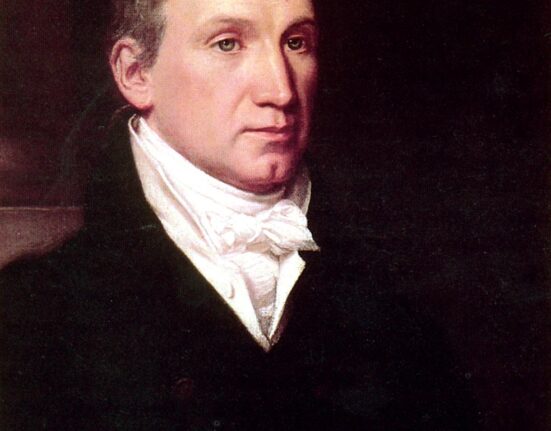The halls of the Federal Reserve buzzed with anticipation as the decision loomed – would interest rates be slashed or held steady? The outcome shocked economists, banks, and households alike. In a surprising turn of events, a split Reserve Bank voted 6-3 to keep interest rates unchanged at 3.85 per cent.
“It was about timing rather than direction,”
Governor Michele Bullock explained in the aftermath of the unprecedented public vote on the rate decision. The divide within the bank was evident, with some advocating for stability at the current rate while others pushed for further relief amidst easing inflation pressures and looming economic uncertainties triggered by global trade tensions.
The specter of Donald Trump’s tariff agenda loomed large over the deliberations. With plans to impose tariffs ranging from 25 to 40 per cent on key trading partners, including Australia, fears of escalating financial turmoil intensified. However, Governor Bullock emphasized that the decision was not a tactical move to brace for potential international economic upheaval but rather a strategic approach to ensure long-term inflation control.
As news of the unchanged rates reverberated through financial markets, reactions were swift and dramatic. The Australian dollar surged against its US counterpart while local stocks initially faltered before regaining ground. Treasurer Jim Chalmers expressed disappointment on behalf of millions of Australians hoping for rate relief amid challenging economic conditions.
Shadow treasurer Ted O’Brien seized on the opportunity to critique the government’s handling of interest rates, citing widespread economic hardship faced by households and businesses alike. Amidst this backdrop of uncertainty, RSM Australia economist Devika Shivadekar warned that the decision could further cloud sentiment and exacerbate existing doubts within Australia.
The cautious stance taken by the Reserve Bank drew mixed reactions from industry leaders. Australian Industry Group chief executive Innes Willox acknowledged prevailing economic uncertainties but noted that clarity in data was crucial for driving much-needed private sector investment essential for recovery.
AMP chief economist Shane Oliver raised concerns about delaying rate cuts in light of ongoing economic challenges. He cautioned that prolonged inaction could hamper growth prospects and potentially push inflation below target levels, necessitating more aggressive monetary measures down the line.
In an era marked by shifting global dynamics and internal economic complexities, every decision made by central banks reverberates far beyond boardroom discussions. As households brace themselves for continued financial turbulence and businesses navigate choppy waters, all eyes remain fixed on how policymakers steer economies towards calmer shores amidst turbulent seas.









Leave feedback about this